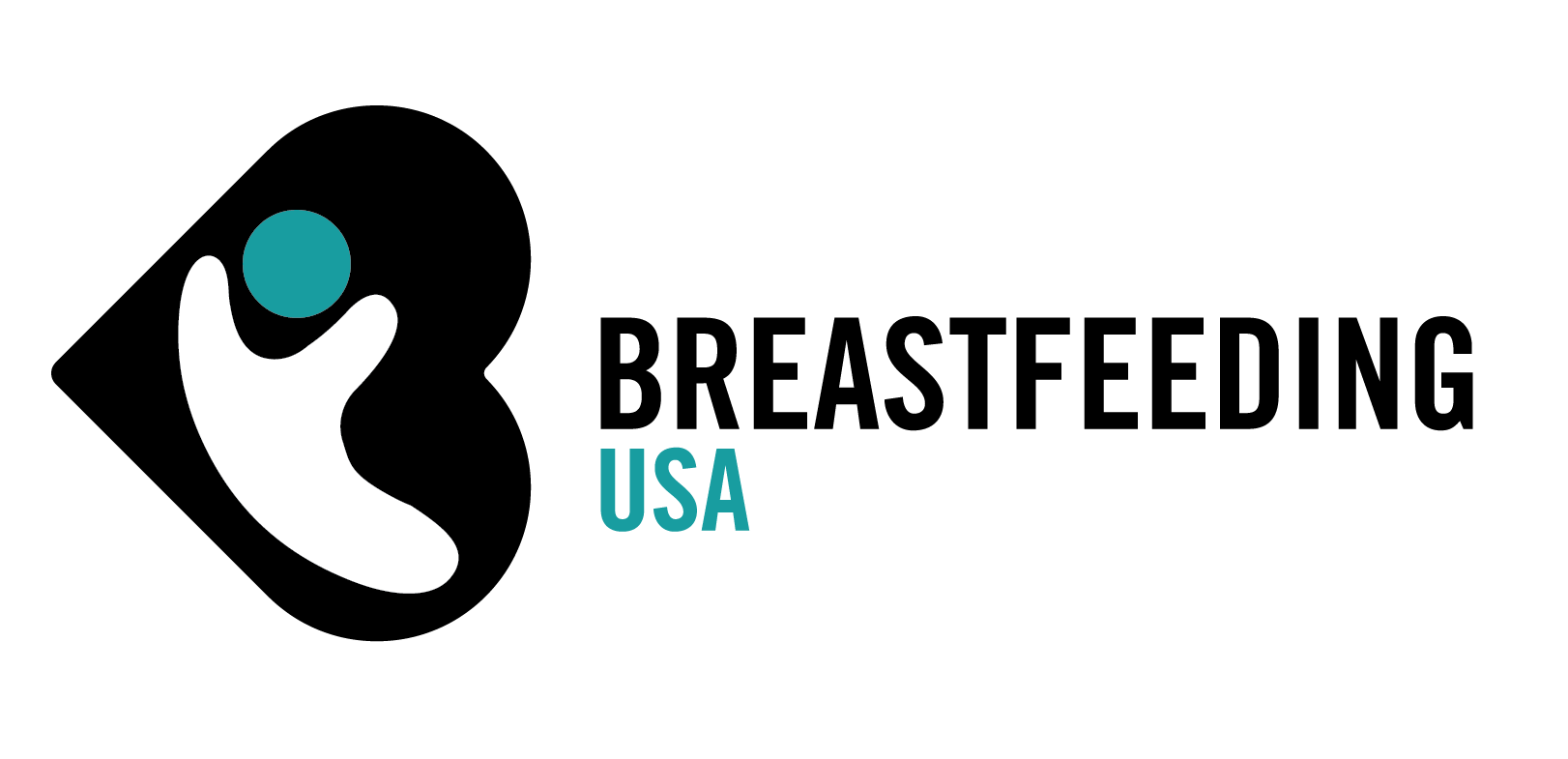By Rachel Fenton
How can something that is so small hurt so much? That is the question I asked myself when I developed a bleb on my right nipple. Then asked again when the next one developed in the exact same spot. And again. And again. I asked myself this question eight times for a total of eight recurrent blebs. Ouch!
Blebs made it hurt to breastfeed and also to not breastfeed. Any pressure, even the slightest, on my nipple made me cringe. That included wearing a bra or top. I remember lying in bed with an open nipple pore (after I had wiped away a bleb) trying to sleep and feeling excruciating pain. I remember being confused by that because I had expected the pain to go away once the bleb had been removed. A lactation consultant told me the pain was nerves responding to air entering the nipple pore. True? I don’t know. I just know that until I developed my first bleb, I had never experienced pain like this before.
So what is a bleb? A bleb (also called a milk blister or blocked nipple pore) is what forms when a little bit of skin grows over a nipple pore (milk duct opening), and breast milk backs up behind it. According to kellymom.com, “A milk blister usually shows up as a painful white, clear or yellow dot on the nipple or areola, and the pain tends to be focused at that spot and just behind it. If you compress the breast so that milk is forced down the ducts, the blister will typically bulge outward. Milk blisters can be persistent and very painful during feeding, and may remain for several days or weeks and then spontaneously heal when the skin peels away from the affected area.” 1
Why do some breastfeeding women develop milk blebs? There are a variety of possibilities, such as oversupply, wearing a tight bra or something that puts pressure on that area of the breast, and latch or suck problems.
I dealt with oversupply for the first several months after my second baby was born. She had a posterior tongue tie and upper lip tie, which created latch problems. These eight blebs occurred during her first twelve weeks while I was on maternity leave. I remember vividly the relief I felt each time they disappeared, followed by dread each time they reoccurred.
How can we get rid of blebs and better yet, how can we prevent them? Before breastfeeding, soak the breast in warm water or apply a warm, wet compress. This may make it easier for the baby to remove the bleb while nursing. If that works, go ahead and treat the area to assist in healing (e.g. saline rinse, application of expressed breastmilk, application of an antibiotic ointment that is compatible with breastfeeding). If the bleb remains in place after breastfeeding, however, there are other steps that can be taken to eliminate it. Some sources suggest applying olive oil to a cotton ball and wearing it in the bra so that the oil softens the skin where the bleb is located 2. Afterward, try to remove the bleb by rubbing it gently with a warm, wet washcloth. If the bleb still remains, see a health-care provider, who can open the bleb with a sterile needle so that the milk can flow out.
If blebs recur, consider eliminating saturated fat from your diet and taking lecithin in either liquid (one tablespoon three times per day) or capsule (one or two 1,200 mg three or four times per day) 2,3 . Be aware that lecithin is often a soy-based product; check the label for the source. Identifying and resolving the underlying cause for recurrent blebs goes a long way toward preventing more of them.
My own story went like this: As I wrote at the beginning of this article, I had eight blebs back to back to back to….you get the idea. I soaked my breast in warm water before every feeding. I often started each feeding with the unaffected breast because my daughter’s hunger would be somewhat satisfied when she got to my right breast. Consequently, her sucking wasn’t as vigorous. After each feeding, I sprayed my breasts with a homemade saline solution. Breastfeeding, however, was not enough to open up the blebs. The only way I could remove them was to rub them with a washcloth in the shower. During, in between, and even for months after the blebs went away (for fear they would return), every evening after my daughter was asleep I put an olive oil-soaked cotton ball in my (underwire-free) nursing bra. I kept it in my bra for at least 15 minutes and then hand expressed so that more milk didn’t back up behind the nipple pore. Thankfully after the blebs stopped forming, the nipple pore remained open. Even today, almost three years later, that one spot still has a wide, visible opening.
I hope you never get a bleb. If you do, I hope the information presented here helps you find resolution quickly.
References:
- Milk Blister
- Mohrbacher, N. (2010). Breastfeeding Answers Made Simple. Hale Publishing, L.P. 658-659.
- Mohrbacher, N. (2013). Breastfeeding Solutions: Quick Tips for the Most Common Nursing Challenges. New Harbinger Publications, 90-91.
Rachel Fenton
Rachel lives in California where she assists breastfeeding mothers as a Breastfeeding Counselor. She is the mother of two breastfed daughters.
© Copyright Breastfeeding USA 2014. All rights are reserved.
